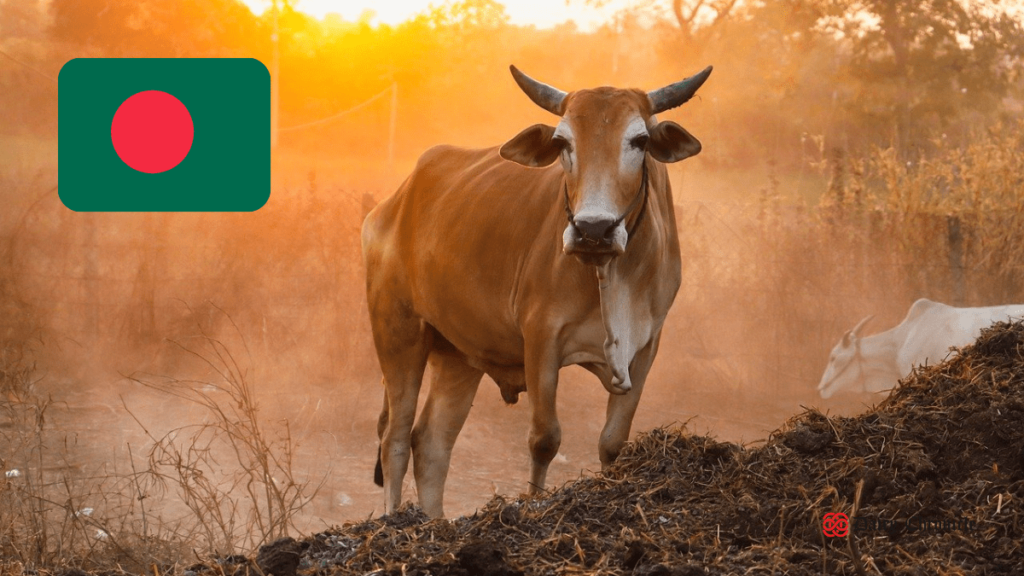Dairy farmers in Rajshahi, Bangladesh face challenges due to inadequate milk marketing facilities, impacting the profitability and sustainability of their businesses. Rising costs and lack of infrastructure have led to farm closures and financial losses. Experts stress the need for better marketing channels to revitalize the sector and address local protein deficiencies.
Rajshahi Dairy Co-op Ltd is a prominent cooperative society operating in the dairy sector in Rajshahi, Bangladesh. Established with the aim of supporting local dairy farmers, the cooperative provides a range of services including milk collection, processing, and distribution. Despite its efforts, the cooperative is currently facing challenges in expanding its operations due to limited marketing opportunities. The organisation is dedicated to improving dairy farming practices and enhancing the profitability and sustainability of the dairy industry in the region.
Challenges Faced by Dairy Farmers
Marginal and medium dairy farmers in Rajshahi and its surrounding areas are facing significant challenges due to a lack of effective milk marketing channels. These farmers are struggling to make their businesses profitable and sustainable, which is impacting the overall growth of the dairy sector in the region.
Rising Costs and Financial Strain
In Rajshahi, dairy farming has become crucial for meeting local protein demands. However, the rising costs of cow feed, medicines, and other essential inputs have made it increasingly expensive for farmers to maintain their operations. This financial strain has led many to close their businesses, leaving behind empty cow-sheds and unused infrastructure. The primary reason for these closures has been the absence of adequate marketing facilities, which has resulted in substantial financial losses.
Farmers’ Personal Experiences
Dairy farmers from Assam Colony, shared his experience, highlighting the difficulties faced due to the lack of marketing opportunities. Despite having 20 cows that produce 120 liters of milk daily, Rahid is forced to sell milk door-to-door because there are no designated selling points in the city. He emphasized that while artificial insemination and cross-breeding techniques have significantly increased milk production, the absence of proper marketing channels continues to hinder business growth.
A local dairy farmer who shut down his operation six months ago faced similar issues. The closure was primarily due to various challenges, including inadequate marketing opportunities, which made it unsustainable. Another farmer, who established his dairy farm in 2010, also noted a significant decline in the number of small and marginal dairy farms in the region over the past two decades. Despite this decline, he believes there is immense potential to address local protein deficiencies by revitalizing the dairy sector.
Current Dairy Farm Statistics
Dr. Zulfikar Akhter Hossain, the district livestock officer, reported that there are currently 617 dairy farms in the district, each with approximately 1.5 cows, producing about 2.65 lakh tonnes of milk annually. However, he noted that the growth of new dairy farms has stagnated due to the lack of sufficient marketing facilities.
Recommendations for Sector Improvement
Dr. Hemayetul Islam, Deputy Chief Veterinary Officer at the Department of Veterinary and Animal Sciences, Rajshahi University, emphasized the importance of promoting dairy farming to address the region’s protein deficiency and reduce poverty. He suggested that increasing the popularity of dairy farming at the grassroots level could also mitigate unemployment in rural areas. To support this, local administrations and government entities need to establish more selling points to encourage investment and development in the dairy sector.
In summary, the dairy sector in Rajshahi requires urgent attention to develop effective milk marketing solutions. Enhancing marketing infrastructure could play a crucial role in revitalizing the industry, supporting local farmers, and contributing to the region’s economic and nutritional needs.



